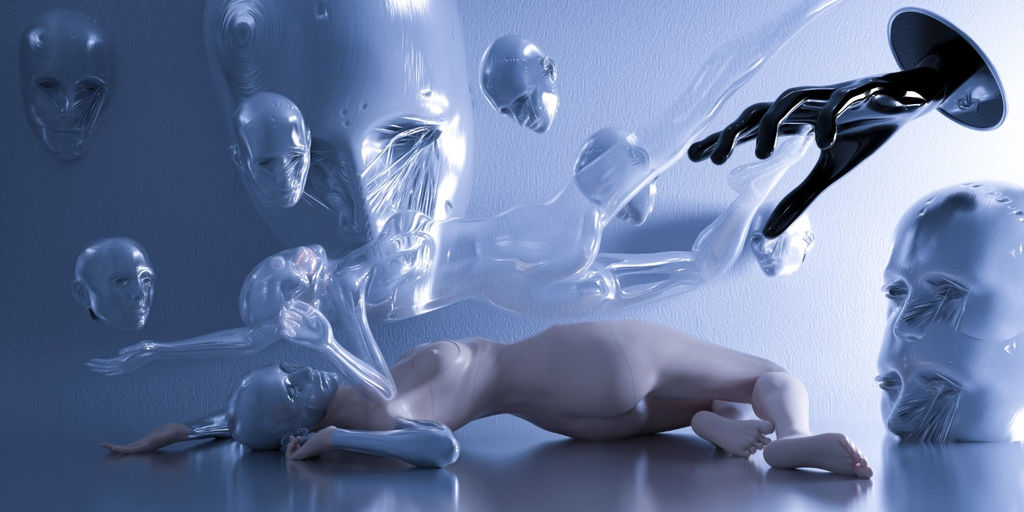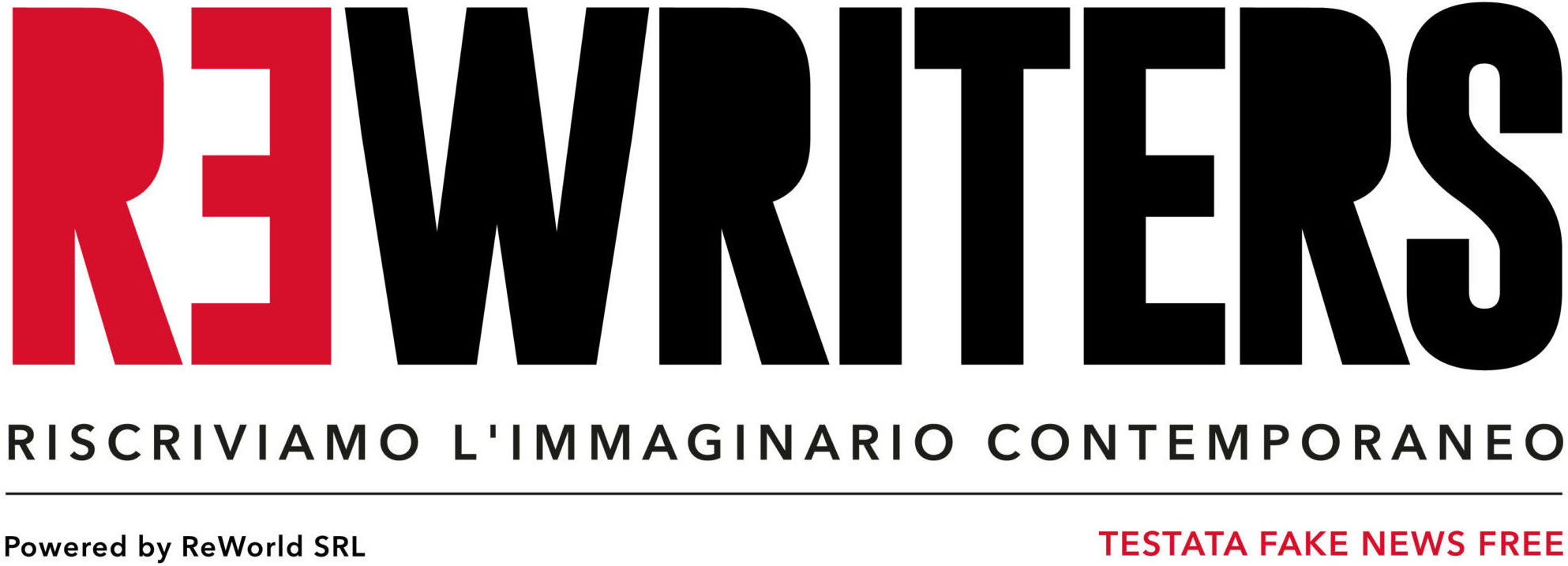La relazione tra arte e tecnologia attraverso le mostre più innovative dei prossimi mesi
Dal Zentrum für Kunst und Medien di Karlsruhe al Museum of Contemporary Digital Art di Londra ecco le più ardite mostre di arte digitale.

Dal Zentrum für Kunst und Medien di Karlsruhe al Museum of Contemporary Digital Art di Londra ecco le più ardite mostre di arte digitale.

(English translation below)
In una società sempre più digitalizzata, il mondo culturale si deve, passo per passo, adattare alle nuove realtà. La pandemia Covid-19 ha velocizzato questo processo per istituzioni artistiche e culturali, che si sono trovate obbligate a esplorare alternative online per un pubblico bloccato a casa. Riconnettersi alla realtà virtuale del nostro continente europeo è diventato fondamentale per creare un legame tra passato e presente, costituendo nuovi mezzi di comunicazione artistici e innovativi. Il Zentrum für Kunst und Medien di Karlsruhe e il Museum of Contemporary Digital Art sono due esempi, tra molti altri, di un mondo culturale coinvolto nel processo di digitalizzazione.
The Zentrum für Kunst und Medien in Karlsruhe dimostra chiaramente un desiderio d’interazione tra pubblico e high-tech, con la creazione di materiali artistici che mirano a mettere il pubblico in dialogo con le sfide del presente. Il mondo online è diventato reale, re-immaginando i confini tra privato e pubblico, tra tecnologia e materiale. L’identità innovativa di questa nuova era si trasforma in una curiosità di esplorare istituzioni culturali digitalizzate. Usando medium come pittura, fotografia, scultura, video, danza, teatro, performance e molto altro, il Centro per Arte e Media tedesco ha sempre avuto uno spirito innovativo nel mondo dell’arte e della cultura, invitando artisti da tutto il mondo a esplorare la relazione tra tecnologia e arte. Fondato nel 1989, la missione di tale luogo è di mantenere la bellezza dell’arte classica in un mondo in continuo sviluppo, dando a questa struttura il nome di “electronic Bauhaus”, come è spesso chiamato. È un tempio per l’arte digitale, per rimanere in connessione con gli sviluppi sociali e tecnologici di questo mondo.
Lo spirito innovativo di questo luogo si nota anche nella sua architettura, che sin dal 1997 è riconosciuta come industriale, nuova per l’epoca: il famoso edificio Hallenbau A, già considerato uno degli spazi più avanguardistici ai tempi della sua costruzione tra il 1915 e il 1918. Ci sono nuove mostre ed eventi in continuazione, alcuni in Rete altri in presenza, tra i quali consiglio la mostra online Critical Zones (dal prossimo 9 settembre fino al 7 gennaio 2022), che, interagendo con il pubblico, inizia un dialogo su una delle domande fondamentali del nostro secolo: come vivremo insieme? Per chi invece ha l’opportunità di recarsi fisicamente a Karlsruhe, la mostra BarabásiLab. Hidden Patterns (fino al 3 aprile 2022) presenta i lavori del fisico e scienziato di networks Albert-László Barabási, dei suoi progetti di laboratorio, e dello sviluppo della scienza di network, di particolare attualità nel periodo di pandemia.
Il Museum of Contemporary Digital Art è un altro luogo d’introduzione, per gli estranei all’arte digitale, a un mondo in cui il surreale è sempre più reale per la sua onnipresenza. La missione di tale piattaforma è quella di documentare l’arte digitale nel mondo, sottolineando la sua importanza e il suo ruolo educativo. La maggior parte delle mostre sono disponibili in versione virtuale, sottolineando la bellezza innovativa dell’arte digitale, accessibile da ovunque nel mondo e per chiunque, il quale crea uno spirito continentale e cosmopolita che raggruppa tutti gli amanti dell’arte come cittadini del mondo. Consiglio la mostra Cyborgs Genesis dell’artista Frenetik Void, la quale esplora la psiche umana, e si interroga su cosa definisce l’individualità, recuperando concetti già esplorati da Pirandello.
Infine, non si può perdere la mostra di grande fascino e interesse Abstract Art in the Age of New Media, che esplora l’interazione tra il dove e il cosa nella memoria umana. Creato da due ricercatori di University College London, questo esperimento artistico indaga come l’essere umano si ricordi l’esperienza di una galleria, del vedere un’opera artistica, collaborando con esperti e psicologi per analizzare questo tema. Lo spazio, il tempo, la struttura e le forme stimolano immaginazioni diverse, come lo fa il mondo digitale, spingendo verso un’arte digitale e innovativa che invece di sconnettere l’essere dal suo solito habitat, permette di scoprire lati sconosciuti della natura umana.
ENGLISH VERSION
In an increasingly digitalized society, the world of culture must, step by step, adapt itself to new realities. The Covid-19 pandemic has speeded up this process for artistic and cultural institutions, which found themselves forced to explore online alternatives for an audience stuck at home. Binding ourselves to the virtual reality of our European continent has become fundamental to create a connection between past and present, constituting new tools of artistic and innovative communication. The Zentrum für Kunst und Medien in Karlsruhe and the Museum of Contemporary Digital Art are two examples, among many others, of a cultural world in the process of digitalization.
The Zentrum für Kunst und Medien in Karlsruhe clearly outlines a desire for interaction between the public and high-tech, creating artistic materials that aim to put the public in dialogue with the challenges of the present. The online world has become real, re-imagining boundaries between private and public, between technology and physical. The innovative identity of this era is transformed in a curiosity to explore cultural digitalised institutions, such as the Zentrium für Kunst und Medien in Karlsruhe. Using mediums such as paint, photography, sculpture, video, dance, theatre, performance and much more, the German Centre for Art and Media has always carried an innovative spirit in the world of art and culture, inviting artists from all over the world to explore the relationship between technology and art. Founded in 1989, the mission of such a place is to maintain the beauty of classical art in a world that is continuously developing, which gave the name to “electronic Bauhaus”, as it is often called. It is a temple for digital art, to remain in connection with the social and technological developments of this world.
The innovative spirit of such a place is also noticeable in its architecture, which since 1997 is recognized as industrial, new for the time: the famous building Hallenbau A was already considered as one of the most avant-gardists at the time of its construction between 1915 and 1918. There continuously are new shows and events, some online and others in person, amongst which I would recommend the online exhibitions Critical Zones, which, interacting with its public, sparks a dialogue on one of the most fundamental questions of this century: how will we live together? Instead, for those who can travel to Karlsruhe, the exhibition BarabásiLab. Hidden Patterns presents the works of the physician and network scientist Albert-László Barabási, of his laboratory projects, and of the development of network science, a topic of actuality in times of a pandemic.
The Museum of Contemporary Digital Art is another introductory location for those who are alien to digital art, welcoming them to a world where the surreal is becoming ever more real due to its omnipresence. The mission of such a platform is that of documenting digital art in the world, underlining its importance and its educative role. Most exhibitions are available in a virtual format, enhancing the innovative beauty of digital art, accessible from anywhere in the world and for everyone, which creates a continental and cosmopolitan spirit that brings all art lovers together as citizens of one world. I would recommend the exhibitions Cyborgs Genesis by the artist Frenetik Void, which explores the human psyche, and what defines individuality, bound to concepts explored by Pirandello.
Finally, one cannot miss an exhibition of great charm and interest, Abstract Art in the Age of New Media, which explores the interaction between the where and the what of human memory. Created by two researchers of University College London, this artistic experiment explores how human beings remember their experiences in art galleries, of seeing a piece of art, collaborating with experts and psychologists to explore such a topic. Space, time, structure, and shapes stimulate different imaginations, as does the digital world, pushing towards a digital and innovative art which, instead of disconnecting the being from its usual habitat, thus allowing to discover several unknown sides of human nature.
